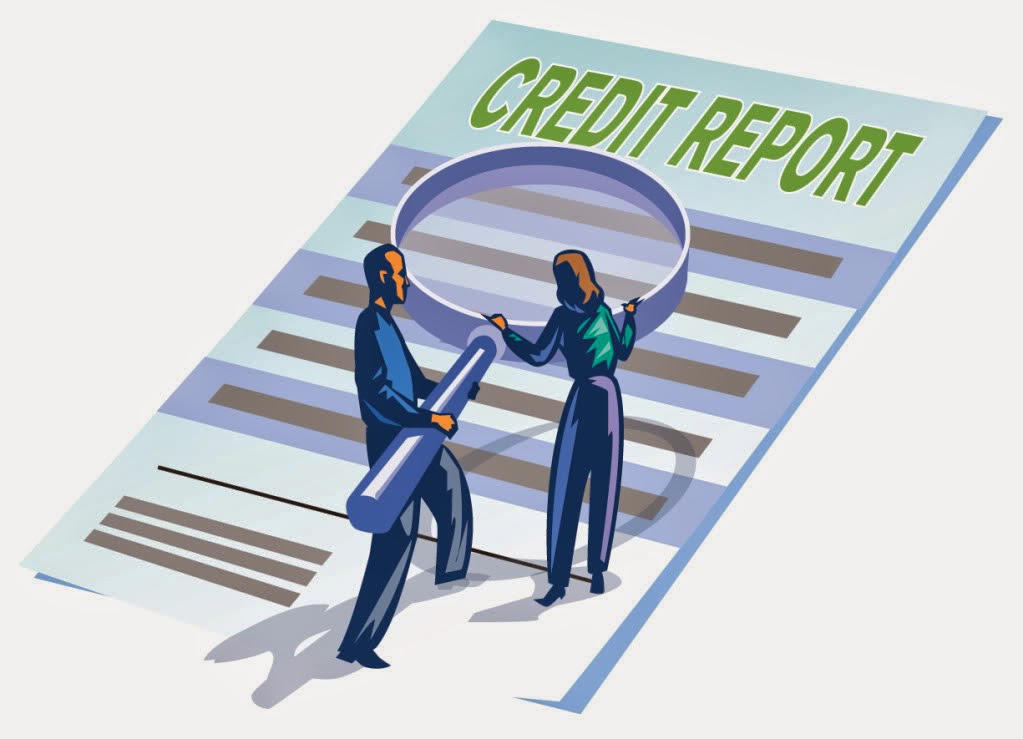What does a Caveman, Lizard (Gecko), and Progressive’s Flo have in common?

Why cutesy marketing is costing you money and leaving you exposed. by Garrett Gunderson If you’re like most people, you are overpaying for insurance (and it isn’t because you chose cavemen or lizards or maybe those are geckos). What’s even worse is that in spite of paying too much, you may not even be properly covered if something major happened. How would you like to pay less money for more insurance coverage? The purpose of insurance is to cover the ‘big stuff’ that would be catastrophic or you don’t want to dip into your assets or income for when it happens. You can likely cover the small claims, fender benders, petty theft, wind damage to the house, etc. out of your own pocket – especially if it saved your money each month on your premiums, right? However, could you cover a $500,000 claim? Most people can’t… So it makes sense to consider raising your deductibles to save money, and then using those saved dollars to get the highest limits possible on your coverage. This way you’ll have coverage where you need it (the big claims) without the extra expense of a low deductible taking your money every month. Let me explain more… Small ‘fender bender’ type of things happen the most often, so a low deductible costs a lot. However, the six figure claims are rarer, so higher limits are quite affordable. Often raising your deductible a few hundred dollars offsets the cost of getting hundreds of thousands of dollars in additional coverage. So consider raising your deductibles to match your comfort levels to save money. Next increase your limits so they will protect you from the claims that could take everything you’ve worked to hard to save. With a little luck it’s likely that you can be paying less for a LOT more coverage. Even though I have to admit, some of the insurance commercials are entertaining, it isn’t a laughing matter to overpay or be over exposed. In the areas of car, home, and liability coverage there are several components: Personal Injury Protection Medical Payments to Others Deductibles Property Damage Uninsured Liability Limits Under-insured Liability Limits Bodily Injury Liability Limits Underlying Limits Replacement Coverage Actual Cash Value Coverage and more with just these three types of policies. Most of the time I find duplicate coverages, unnecessary exposure, lack of coordination or understanding for that matter. If you want to dive in further make sure to check out your own situation for free at www.freedomfasttrack.com/cfw.
I’m thinking of a number…

Why credit matters and what it takes to get the best rates available. Do you remember that commercial where the guy says he is thinking about a number between 500 and 800? He was talking about credit. If your credit is good that might not be enough. We have entered an age where it has to be great, but if it is you can look forward to cheaper insurance, lower interest rates and less hassle when you get a loan. 83 percent of Americans have an error on their credit report. ¼ of them are denied a loan they would have otherwise had. By simply having 1 additional point when closing on a loan it can be the difference of thousands of dollars in additional interest. So, whether you have good credit, or less than perfect credit – you may be unnecessarily leaking cash by not taking advantage of what is available to you through your existing lenders in today’s low interest rate environment. First, go to any of the credit monitoring agencies sites or google credit score and take a look at your credit. Do you see any errors? Misspelled name, wrong address, an account that doesn’t belong to you, or a late payment you didn’t know about. By clearing these issues up you can improve your score. Now, in the past 720 was a magic number for your credit, but if you can achieve 780 or higher there are simply better options and better interest rates available. After correcting your errors, now you can ask for better interest rates. For example: If you have credit card debt at an interest rate that was determined years ago or that was obtained when you may have had a lower credit score than you do now, you may be able to lower that interest rate. Just call up the credit card company and ask them to send you to the special promotions department or someone who can assist you in changing your credit card. This will send you to the right department that has the authority lower your rate. It’s as simple as knowing how to ask. Another case where using your credit can help you free up cash flow is in the case of a home mortgage. By calling up your existing lender and asking for a “streamline refinance” you may be able to lower your monthly payment with little cost and minimal effort! Simply ask your lender if you qualify and be sure that they understand that you may consider going elsewhere if they can’t help you. If the situation is right, your lender may lower your interest rate with little to no closing costs or without requiring full appraisal, or without you having to jump through the hoops associated with a conventional refinance. Always dress up your credit by monitoring and managing it properly. Then ask for lower interest rates, you could save hundreds (or more) of dollars per month on your existing debts! If you want to know 9 other areas where you can improve your credit, check out our Curriculum for Wealth series where I interview two credit experts and get right to the bottom of what to do. All the information you need in a concise and yes, this is bold, entertaining way. www.freedomfasttrack.com/cfw
To Grow, You Have to Let Go

By Garrett B. Gunderson How to Escape the Job Trap & Build a Real Business | Part 1 Are you a business owner or an employee? Think that through carefully. Let me put it a different way: What would happen to your business and income if you were to leave today and take a three-month vacation? If your business would fall apart and your income would stop, you’re an employee—even if you technically own a business entity. The truth is that the vast majority of professionals, and even many entrepreneurs, think they own a business but in fact it owns them, as what they really have is a job. They have to be physically present and doing the work or the income stops. They spend their time working in the business, rather than on the business. They don’t have the right people or systems to duplicate themselves. They couldn’t sell the business because it wouldn’t survive without them. Robert Kiyosaki explains the difference between a job and a business in a parable: There was once a village with a problem: It had not water unless it rained. To solve the problem, the village elders decided to solicit bids to have water delivered daily to the village. Two people volunteered and the elders awarded the contract to both of them. The first, Ed, immediately bought two buckets and began running back and forth along the trail to the lake, which was a mile away. He immediately began making money as he labored each morning hauling water from the lake. Each morning he had to get up before the rest of the villagers awoke. The second man, Bill, disappeared and was not seen for months. Instead of buying buckets to compete with Ed, Bill had written a business plan, created a corporation, found four investors, employed a president to do the work, and returned six months later with a construction crew. Within a year his team had built a large pipeline, which connected the village to the lake. Bill’s pipeline delivered cleaner water than Ed’s and it supplied water 24 hours a day, 7 days a week. Bill was also able to charge 75 percent less than Ed. Of course, Ed ran ragged while Bill was able to enjoy life—making money even while he was on vacation. So the question is: Are you hauling buckets or building pipelines? Now, let’s be authentic about this: Building a business is no small task. It’s incredibly difficult, particularly for trained professionals and personality-based operations. When you know as much as you do, you’re as skilled as you are, and you care more than anyone, it’s very challenging to replace yourself. But it is possible. The most common thing I hear from FastTrack members in this regard is that “it’s different for chiropractors and dentists.” I realize that there are some differences between highly-trained and skilled professionals and McDonald’s, but it’s still possible to build a business. It’s a classic case of hard/easy, easy/hard. It’s easy to just show up and do the work every day, but that makes your life much harder over time. It’s hard to build a business, but it makes your life way easier over time. But doing so requires a totally different mindset. It requires that you do things that don’t immediately pay off. Running a business means to be efficient and quick, but building a business is methodical and slow. Freedom FastTrack is a similar business to professionals, in that it is highly-technical and personality-based. But over time I’ve been able to escape the job trap. And trust me, it hasn’t been easy. For me, it was much easier to do a coaching call myself than to train a new coach. But I knew I could only be in one place at one time, and I wanted to impact more people. I’ve had to be committed to building a business. There is still progress to be made, but I rarely do coaching, and I have the time to go on trips, work on the business, and focus on the things I love doing most. Here’s how you can do it, too: 1. Build the Foundation of Culture First, you want to be very clear on who you are, what you stand for, what you stand against, what you really want to define your organization. Write down your non-negotiables and never allow anyone in your organization to stray from them. For example, we have everyone that works with us read our style guide, which details our values, vision, and culture. We also do several interviews before hiring, and we emphasize values over talent. 2. Hire the Right People, Train them Meticulously, Treat them Right There’s an informal debate in the business world right now between Michael Gerber, the author of The E-Myth Revisited, and Seth Godin, the author of Linchpin. Michael Gerber says that building a business is all about systems. He teaches to make your systems so simple that you could insert pretty much any warm body to run them. Seth Godin says it’s all about finding the right people—what he calls indispensable “linchpins.” Linchpins are proactive, responsible, and smart. They see needs and fill them. They’re full of ideas for improving your organization. My take is that any business needs both, but I side with Seth when it comes to hiring. You don’t want the lowest common denominators that will be the cheapest to pay. You want the best and the brightest who can adapt to change and proactively improve your organization. You want people who think like trusted stewards upon whom you can depend to make good decisions. The way to find the right people is to first create the position you need filled. Understand the mindset and skills that will be required to fill that position. Then hire someone whose Soul Purpose fits that position. Be willing to allow other people to express their Soul Purpose by building Soul Purpose networks and teams. There are some
Genesis Chiropractic Software and Billing Hosts Garrett Gunderson Webinar

Genesis Chiropractic Software and Billing Hosts Garrett Gunderson Webinar Attend this free teleseminar with NY Times Best-Selling Author Garrett Gunderson to… Expose Your Financial Blind Spots that are Leeching Your Cash Uncover the “Duh” Areas You Can Tweak to Take Home Thousands More RIGHT NOW Without Working Harder Seems like the harder you work the harder it is to actually enjoy your money, right? You keep thinking, “I just have to see more patients. I have to perform more procedures. Then I can have more money to relax and live my ideal lifestyle.” Will you forgive me for (lovingly) smacking you upside your head? That thinking leads to a stress-filled, never-ending treadmill of long, hard days and ultimate burnout. Your problem isn’t that you’re not working hard enough. It’s that your money is draining out of simple holes that can be plugged with some financial savvy. You’re a health and wellness expert. But what you don’t know about the financial side of your business is costing you thousands of dollars per year—and quite likely per month. As a financial advocate to 217 chiropractors and a New York Times best-selling author, I can confidently proclaim that you can live your ideal life now. You don’t have to scrimp and sacrifice, waiting for that elusive “someday.” You don’t have to work harder. You’re already earning all the money you need. Now let me show you how to keep and leverage more of it. Consider: In a recent analysis by my team of financial experts, 107 of 117 chiropractors were overpaying on their taxes—in many cases tens of thousands each year. How much are you losing? What could you do with that money? Taxes is just one area of seven areas I reveal on this eye-opening teleseminar. Stop losing your hard-earned money to financial institutions and the government. Stop the madness of trying to achieve your ideal lifestyle by working harder. Register now for my November 8th, teleseminar. There’s no cost or obligation to attend. I’ll teach you how you can reposition your assets to increase your cash flow, reduce your risk and stress, and have more fun immediately without working harder. -Garrett Gunderson, Financial Advocate & Author of Killing Sacred Cows: Overcoming the Financial Myths that are Destroying Your Prosperity What you’ll learn isn’t theory. Hundreds of chiropractors and wellness professionals are applying these specific, concrete strategies to free up thousands per month. In fact, just last year I recovered $7,705,300 for 217 chiropractors. We save an average $2,573 per month ($30,876 per year) for our chiropractor clients.

